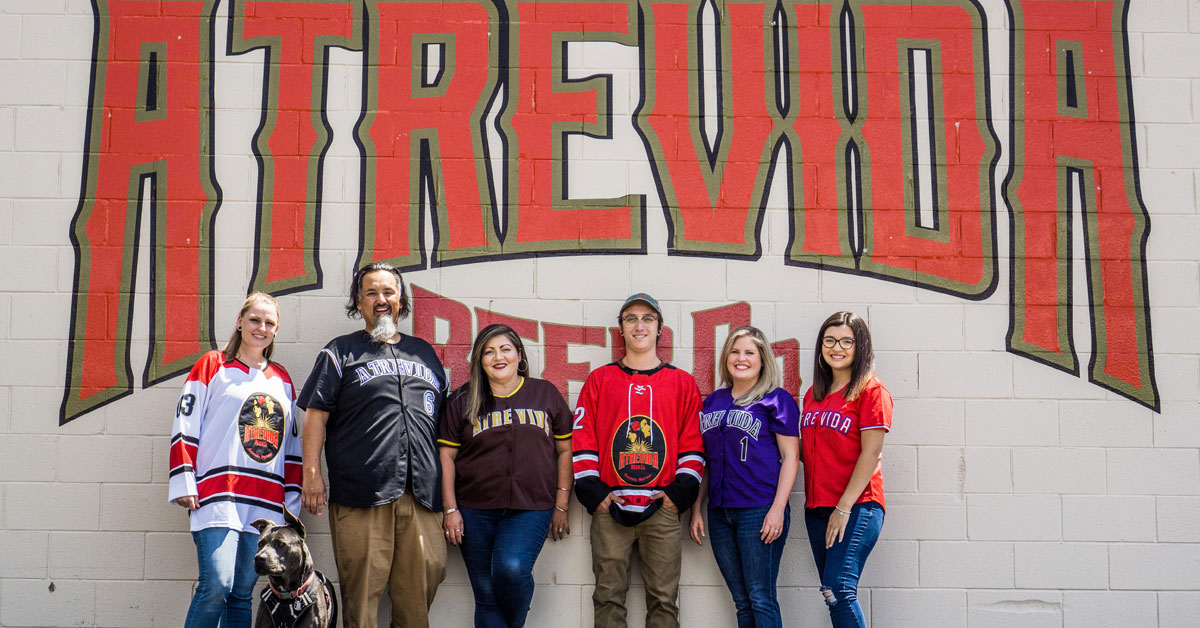 September 22, 2021
September 22, 2021
My parents didn’t drink much when I was growing up. Any alcohol that was in the house was hidden—hard stuff like vodka and tequila lived in a rarely opened cabinet in an armoire in the dining room, and what beer we had was stashed away in a second refrigerator in the garage. For years, the only beer that I ever saw in that fridge was Corona—and until I was much older, I thought that the only beer that existed was Corona.
Back then, it never occurred to me that Corona was only one type of beer—that it was a Mexican Lager. And while I’m not certain why it was my family’s beer of choice, I have to posit that, as Cuban-Americans living in Miami, we chose this beer because it was marketed towards us in some capacity. When I asked my mom about it, she was surprised by the observation; it was never something she registered.
If so, it would hardly be the first time that Latinx people were targeted as one large bloc. Much in the way that my past self saw Corona as representative of all beers, most magazines, journalists, marketers—anyone who’s talking to consumers—still tend to think of Latinx people as a single, homogenous group. As of this writing, Latinx folks make up 18% of the U.S. population, representing 33 distinct countries between Central and South American and the Caribbean, and account for 52% of the total population growth. Despite that range, just one style of beer, the Mexican Lager, has seemingly been nominated to represent us all, our backgrounds and countries of origin notwithstanding.
In applying such simplification to Latinx people, we invite assumptions about a vast group whose common threads are poorly understood and sometimes fabricated. (Even “Latinx” is an imperfect term that can be exclusionary of Black and Indigenous people.) This poor synthesizing has led to a muddled sense of what Mexican Lagers are and, more importantly, who they’re for.
 Photo by Lilia Rivera
Photo by Lilia Rivera
Mexican Lager isn’t a recognized beer style according to the Beer Judge Certification Program, and without that direct guidance, brewers are often left to their own interpretations. Ray Ricky Rivera of Norwalk Brew House in Norwalk, California points out that it was German and Austrian settlers who came to Mexico and brought their own brewing techniques. This includes early variations of lager and pilsner.
“So, technically the Lager does not originate in Mexico,” Rivera said. “Some argue that Mexican Lager is not a real thing, while others argue that it definitely has its own style and characteristics.”
What is clear is how Mexican Lagers, made by white-owned craft breweries and multinational corporations, are so often marketed. Even if a brewery doesn’t employ a potentially appropriative or simplistic image—like a sugar skull or a sombrero—many ads and labels borrow imagery from…



